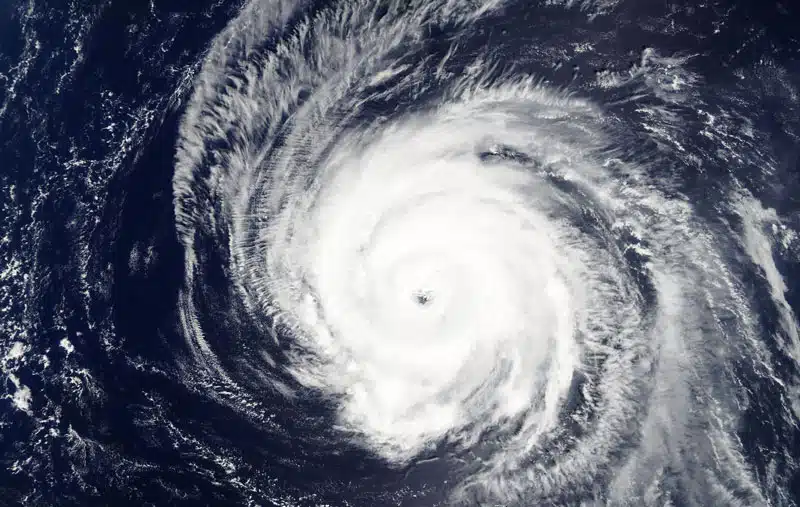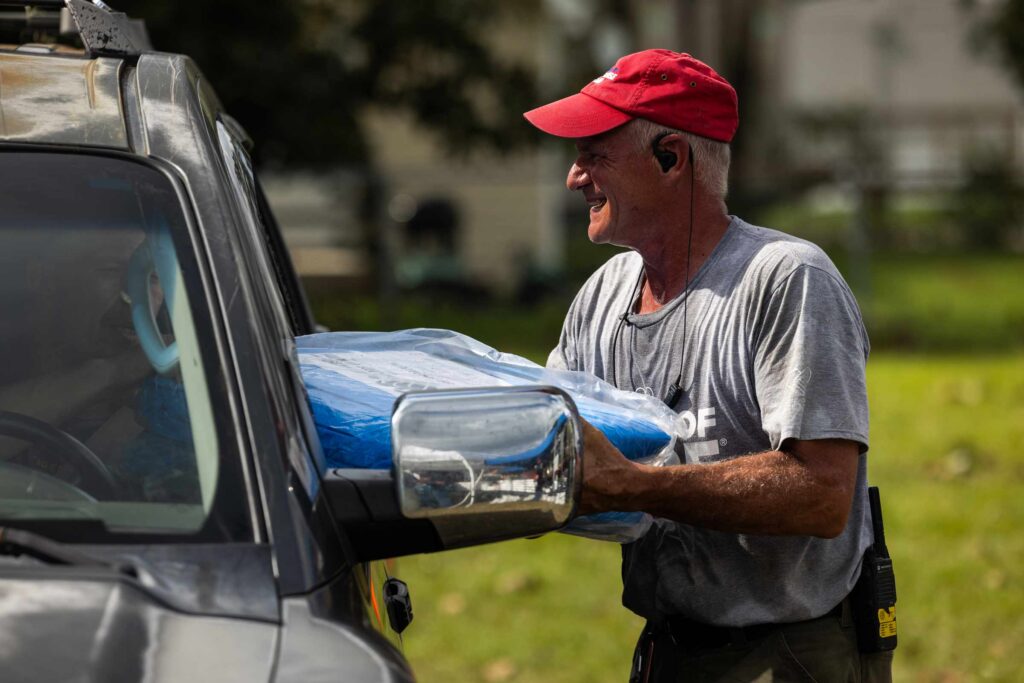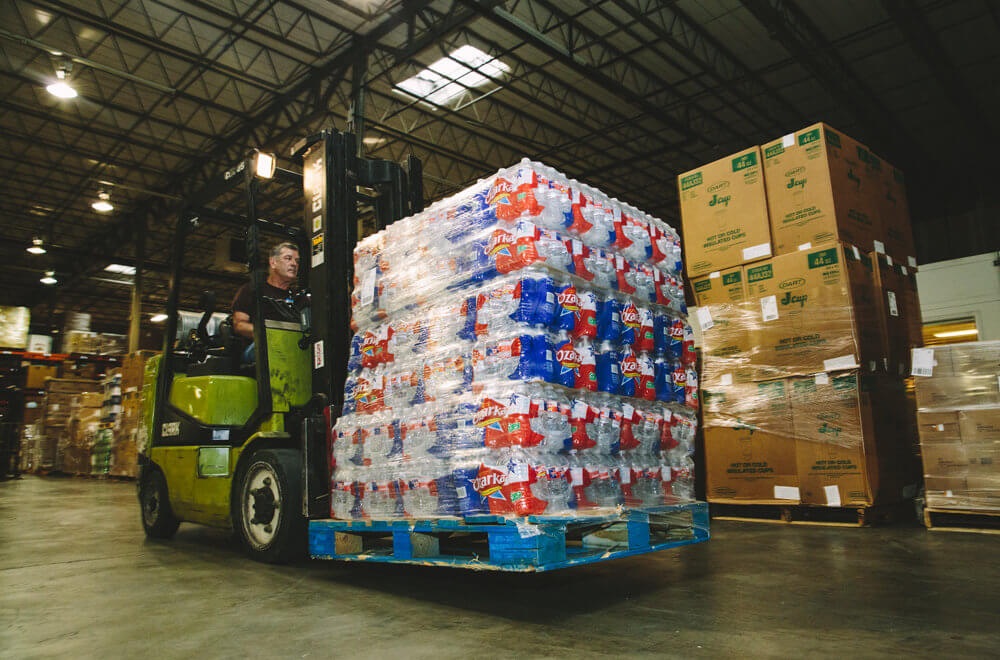Are you someone who, each new hurricane season, enjoys researching storms from previous years that were identified by names from the current year’s list?
The names given to major Atlantic storms come from lists originated and recycled every six years by the World Meteorological Organization.
You can see the current lists here.
Helene is the eighth name on the list for 2024.
There is no shortage of past storms named Helene:
- • Category 4 Hurricane Helene (1958)
- • Category 4 Hurricane Helene (1988)
- • Tropical Storm Helene (2000)
- • Category 3 Hurricane Helene (2006)
- • Tropical Storm Helene (2012)
- • Category 2 Hurricane Helene (2018)

There was also a Tropical Storm Helene in the western Pacific in 1950 and a Cyclone Helene in the southwest Indian Ocean in 1969.
All named storms are a form of tropical cyclone, a rotating, organized system of clouds and thunderstorms that originates over tropical or subtropical waters and has a closed low-level circulation.
Whether Helene becomes a hurricane during the 2024 hurricane season or even receives tropical storm status will depend on its wind speed.
Early in a cyclone’s development, as a tropical depression, wind speeds are less than 39 mph. Tropical depressions are not given names but are tracked in case they grow into tropical storms or hurricanes.
Helene’s classification as a tropical storm and the release of its name would happen when its sustained wind speed reaches 39 mph. If that speed reaches 74 mph, Helene will be a hurricane.
As you’ll see below, even if a tropical storm never achieves hurricane status, it can pose a threat to lives and property.
When Was Hurricane Helene?
With Helene squarely in the eighth slot on the World Meteorological Organization’s list of scheduled storm names for 2024, you might wonder, “When did Hurricane Helene hit?” or “What year was Hurricane Helene?”
Helene was the label for four hurricanes in 1958, 1988, 2006, and 2018.


The Power of Preparedness
Ensure your family is protected in the face of unexpected challenges with our Disaster Preparedness Guide.
Topics Include:
— Family Communication Plan
— Evacuation Plans
— Care for Pets
— Weather Monitoring
Download Our Disaster Preparedness Guide!
Start your journey to preparedness now and download the guide to learn practical steps for facing any disaster confidently.
"*" indicates required fields
Where Did Hurricane Helene Hit?
In 1958, Hurricane Helene remained at sea off the eastern U.S. coast while at hurricane strength. That was fortunate, since a Category 4 storm can be devastating.
North Carolina took the brunt of the storm’s tidal surge, but because the surge came at low tide, damage was minimal. At its closest approach, the hurricane remained 10 miles out to sea.
In 1988 and 2006, Helene again carried great potential for destruction as a Category 4 and Category 3 storm, respectively. But both hurricanes remained in the open sea.
Category 2 Hurricane Helene formed between the Cabo Verde islands and West Africa in 2018, but it only caused minor damage to buildings, vehicles, and roads on the islands and downed some trees.

What Category Was Hurricane Helene?
Hurricane Helene was strongest in 1958 and 1988 as a Category 4 major hurricane. To put that into perspective, that represents sustained winds of 150 mph in 1958 and 145 mph in 1988, equivalent to an EF3 tornado but on a much more massive scale.
- • In 2006, Helene reached Category 3 and 120 mph winds at peak intensity.
- • in 2018, Helene reached Category 2 and achieved 110 mph winds.
What Time Will Hurricane Helene Make Landfall?
If you research, “What time did Hurricane Helene make landfall?” the answers will not help you prepare if Helene becomes a significant storm in 2024.
To begin with, two of the hurricanes remained out at sea. Those that reached land offer no data that would help you prepare for a hurricane this year.
With any current storm predicted to reach your region, be sure to stay up to date on weather forecasts and be aware of that specific storm’s estimated landfall.
Thanks to satellite and radar imagery, those predictions can be very accurate. But with any severe storm, don’t make the mistake of waiting until the last minute to reach a safe area.
This article will be updated as more details about 2024’s Helene become available.
How Many People Died in Hurricane Helene?
Despite their massive potential for destructive impact, the Category 4 hurricanes of 1958 and 1988 brought no loss of life.
The story was the same for Category 3 Helene in 2006 and Category 2 Helene in 2018.
The lack of direct impact on land and large populations resulted in relatively innocuous weather events.
What Was the Path of Hurricane Helene?
In a completely random coincidence played out over a period of 60 years, the four paths of Hurricane Helene look remarkably similar.
Just visualize a letter C in each case.
- • Each hurricane initially moved west away from Africa before curving north and then back east, with the entire path contained somewhere within the Atlantic Ocean.
Convoy of Hope & Hurricanes
Convoy of Hope, a faith-based nonprofit with dozens of program countries around the world, is involved in extensive disaster response each year.
In 1998, flooding in Del Rio, Texas, followed that year’s Tropical Storm Charley. Convoy marks Del Rio as its first disaster response, and hurricanes continue to be an annual priority for Convoy.

Convoy’s Strategy
1. Throughout hurricane season, the Disaster Services team at Convoy’s World Distribution Center follows weather updates closely. Careful planning days ahead of a predicted landfall pulls together the resources intended for distribution in affected communities.
2. Volunteers and team members pack food, water, cleaning supplies, and more before a convoy of trucks heads to the affected area. Once the danger has passed and a community’s needs become clear, one or more distribution points can begin operation.
3. With the help of local organizations, often churches, volunteers and Convoy team members offload pallets of supplies from semi-trucks and strategically position them across a large parking lot.
4. Lines of cars form to receive groceries, bottled water, bags of ice, cleaning supplies, and other resources desperately needed following a storm’s impact on a community.5.
5. When storm damage is sufficiently severe, Convoy develops a long-term recovery response. A year or more after a major storm, Convoy may still be onsite with follow-up distributions. For example, LaPlace, Louisiana, was the site of a Convoy recovery event in November 2022 for regions hit hard by 2021’s Hurricane Ida.
When Hurricane Idalia made landfall in Florida on August 30, 2023, it brought sustained winds of 115 mph and created a larger storm surge and higher wind gusts than that part of the Gulf had seen in 125 years. Some areas — like the island city of Cedar Key — experienced a 9-foot storm surge.
Convoy’s team had been following reports on Idalia closely. Personnel were on the ground in Perry, Florida, by the next day assessing damage and meeting local officials and partners to identify the best ways to meet needs. Within a week, Convoy had distributed more than 287,000 pounds of relief supplies to tens of thousands of people across the region.














